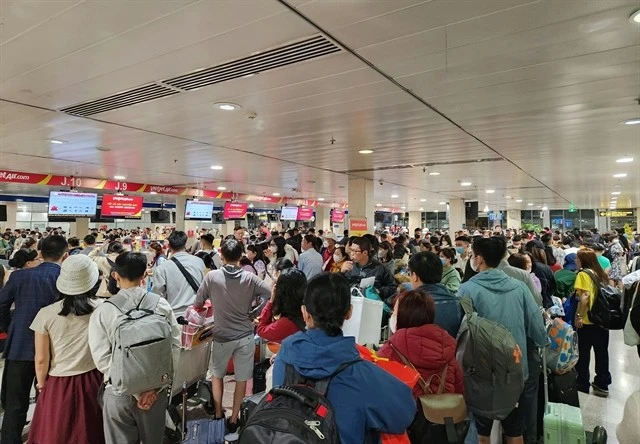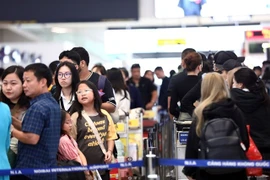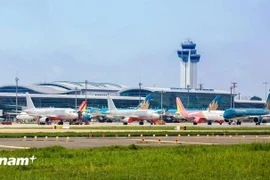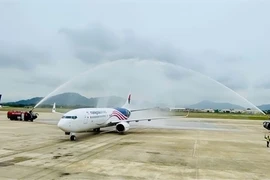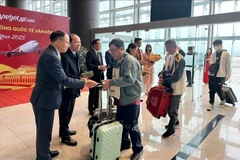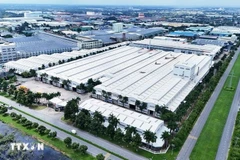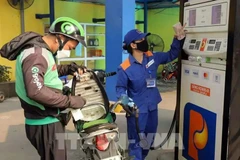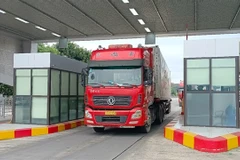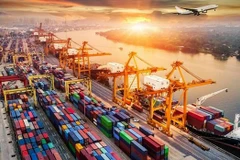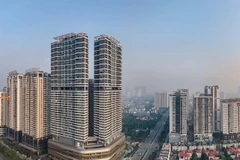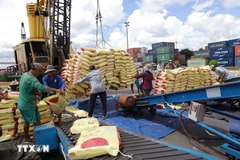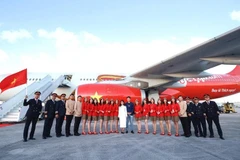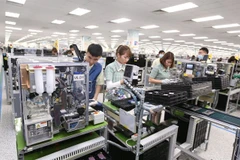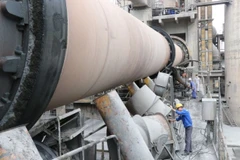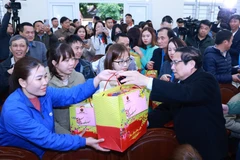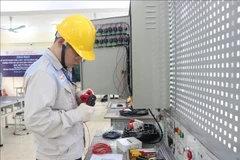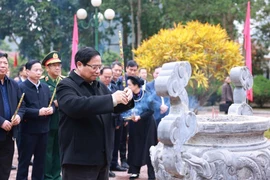Hanoi (VNA) – The Noi Bai International Airport in Hanoi and the Ho Chi Minh City-based Tan Son Nhat International Airport welcomed a peak number of passengers on February 2 or the last day of the nine-day Lunar New Year holiday (Tet), said their authorities.
However, neither airports recorded congestion at the terminals during the holiday, except for some cases of flight delays and cancellations.
Tan Son Nhat on February 2 served more than 150,500 passengers and operated 979 flights, including more than 93,000 arrivals and 57,000 departures.
A spokesperson of the airport said that to quickly clear the way for landing passengers, the airport increased its staff and optimised the check-in process.
However, the passengers’ demand to travel by taxi increased, so they have to wait quite a long time to catch a car home.
The airport recommended passengers to book cars before hand or use public transport to avoid long waiting times, carefully check flight information, landing times and choose a reasonable travel time to avoid congestion.
Meanwhile, Noi Bai welcomed approximately 100,000 passengers and 590 flights on the fifth day of the first lunar month.
During the week before and after Tet, about 90,000 passengers and 550 flights passed through the airport every day on average.
To prepare for the peak period, the airport closely coordinated with airlines and worked with the Civil Aviation Authority of Vietnam to arrange slots effectively, reasonably and optimise infrastructure exploitation.
In addition, Noi Bai has strengthened coordination with airlines to grasp flight plans, allocate resources and equipment to ensure quality service.
It has also worked with specialised forces such as the traffic police to keep security, order and traffic safety in the surrounding area.
In particular, the airport has arranged a taxi pick-up area at the car park to create more convenient conditions for passengers./.
